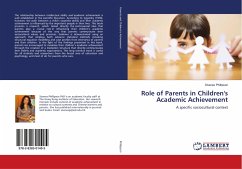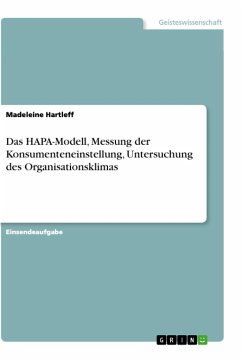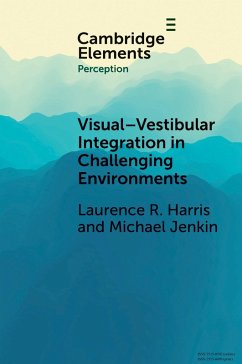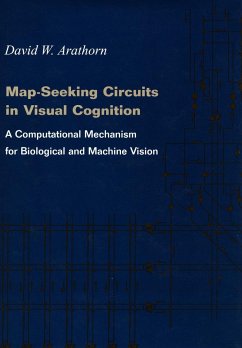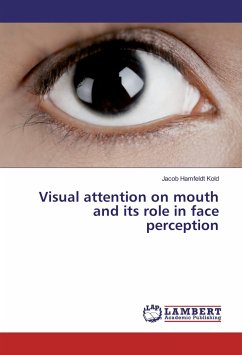
Visual attention on mouth and its role in face perception
Versandkostenfrei!
Versandfertig in 6-10 Tagen
24,99 €
inkl. MwSt.

PAYBACK Punkte
12 °P sammeln!
Former eye tracking studies in the lab found, that when perceiving upright faces, subjects look at the mouth initially but then turn their attention to other areas of the face. The collective findings of the experiments, described in the paper (Losing face: impaired discrimination of featural and configural information in the mouth region of an inverted face) by Tanaka, Kaiser, Hagen and Pierce's, suggest that inversion disrupt attention to the lower half of faces but that this is not the case for non-face objects. In this study subjects eyes were tracked while they performed a memory task wit...
Former eye tracking studies in the lab found, that when perceiving upright faces, subjects look at the mouth initially but then turn their attention to other areas of the face. The collective findings of the experiments, described in the paper (Losing face: impaired discrimination of featural and configural information in the mouth region of an inverted face) by Tanaka, Kaiser, Hagen and Pierce's, suggest that inversion disrupt attention to the lower half of faces but that this is not the case for non-face objects. In this study subjects eyes were tracked while they performed a memory task with upright and inverted faces and houses. Based on Tanaka, Kaiser, Hagen and Pierce's paper we tested prediction that attention to lower half of faces would decrease after inversion but that attention to lower half of houses would not decrease after inversion.



